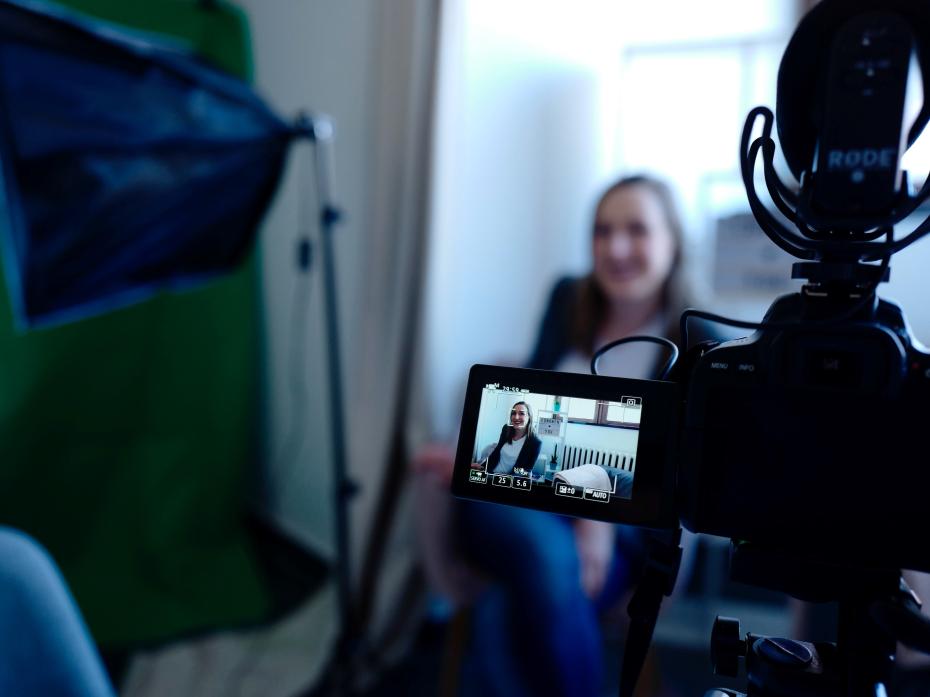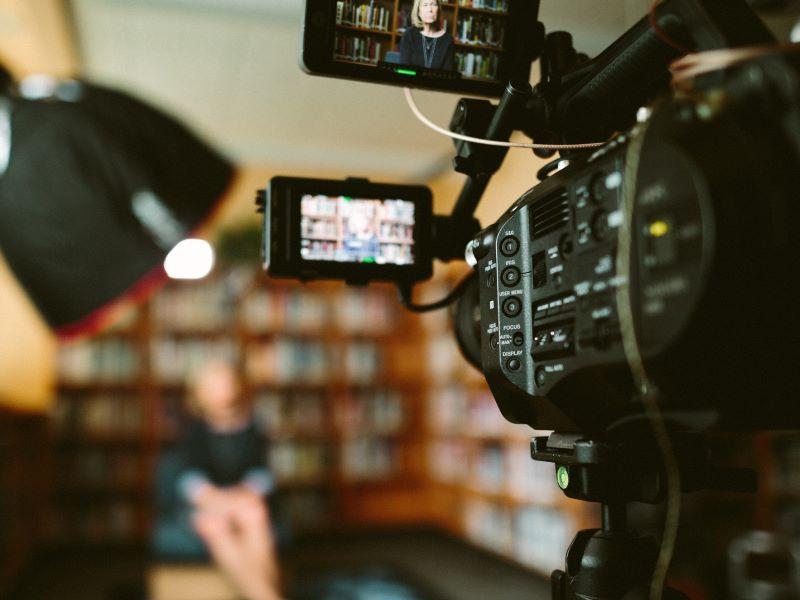
How to use social media more effectively in teaching and research, part one: your recording set-up
Andy Miah shows how academics could set up their workspace to record good-quality video content for use on social media
This video will cover:
00:57 An introduction to desktop and home studio recording set-ups
02:32 What camera to use
03:13 Advice on using mobile phones for recording your content
Hi, everyone. My name is Andy Miah, and I use social media in my teaching and research.
And this is the first in a series of videos that's going to take you through how to use social media tools more effectively in each of those things, whether it’s to try to extend your research community, build some creative tools into your teaching programme, or just to find more fun and joy in using your mobile phone, which accompanies every step of your life.
So we’ll talk about how to use tools that you know about. We’ll talk about notifications off. We’ll talk about how to make sure that when you create content, you can feel really proud of it and hopefully have things that you want to share more widely. And a lot of it will be done with mobile phone technology.
I will walk through different set-ups for different environments. I'll talk you through my studio, the backdrops we have here, the lighting we’ve got here. All of these things that can make your experience a bit more professional, a bit more enjoyable and hopefully a bit more creative. So stay tuned.
So getting your set-up right I think is crucial, but there are a lot of different ways you can do it. This is my desktop set-up, so if I want to shoot from here, this is what I do. I also use this set-up for meetings and online conferences using a webcam. I use the Logitech StreamCam, which is pretty good, not perfect but not bad, and that can be used also for making short videos, too.
But let’s go have a look and see what else we’ve got going on, because there’s another studio I want to show you, which is also used for different purposes. And for me, making content for different purposes is also a great way to develop my skills, too.
So, we got this environment here, so you can see, here’s another studio set-up. Similar sort of lighting, we’ve got the 45-degrees light here, we’ve got another 45-degrees ring light there, and we’ve got a side light here, too.
We’ve also got a backdrop green screen, so from here we can shoot then with a high-quality camera, make sure we’ve got some really good footage. And we also have a slightly more expensive microphone here, but also it has to plug into my computer, so the workflow is a bit more complicated.
The laptop gets brought in here, and then we record, and then we export, and then we bring it into editing suite.
But you don’t need to do all of those things; you can just have the basic set-up. You can shoot like this with a mobile phone, too. You can also use one of these things here, which is a great way to set up also some Instagram videos. So, if you want to clip your phone into something like this, you can then just set it up with a single light, another road mic here, and you’ve got pretty good content made just with your mobile phone. A lot of the Instagram stuff that I shoot is using this single set-up here. But again, with the single ring light, too, so a few options.
Final thing on set-up: camera, what camera should you use? It’s always a very personal choice but, actually, the best camera you can have is the one that you’ve got with you all the time to be able to make content. So, depending on the scale of what you want to do, you can go from something that’s very simple, like your mobile phone, which is what I’m shooting on here. Or you can go right up to a big DSLR, or something that ideally has the capacity to stream as well, because that means then you’ve got the options to go on different platforms live as well.
So, I think if my choices are quite varied, I often use the DSLR for shooting high quality and use my mobile for everything day-to-day. But one thing to really bear in mind is, if you’re shooting anything that’s particularly long, then you want to have a proper camera.
One of the problems with a mobile phone is that it does tend to heat up and then your camera stops working; everything shuts down. Now there are ways around that: you can get fans, I sometimes put some ice packs around my phone to make sure it never goes over the temperature, and that’s actually pretty effective. It sounds ridiculous but it works.
So, you can get around it, but think about these things if you’re wanting to make sure that you get the kind of experience that you want to have. One of the things to consider also is the editing tools. Now if you have a DSLR that’s got web-streaming, web functionality, you can then perhaps connect it up with your wi-fi and then share it with your mobile phone, share the content so you can then edit it in the app on your mobile device.
But we’ll also talk about some other bigger software packages that can help you with editing, and some of them are easier than others. There’s some great platforms like DaVinci Resolve. There are fantastic ways of editing, not too complicated, a bit for step up from iMovie or even Final Cut Pro, but a good way of just expanding your skills, too.
That’s the set-up done.
Next we'll go on to talking about how to use the different tools on your devices to get the kind of experience that you want to have for your audience. Stay tuned.
Andy Miah is a professor and chair in science communication and future media at the .
If you found this interesting and want advice and insight from academics and university staff delivered directly to your inbox each week, .
Read more of Andy’s advice on using social media in your teaching and research in Times Higher Education in his blogs including:


